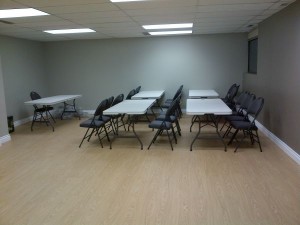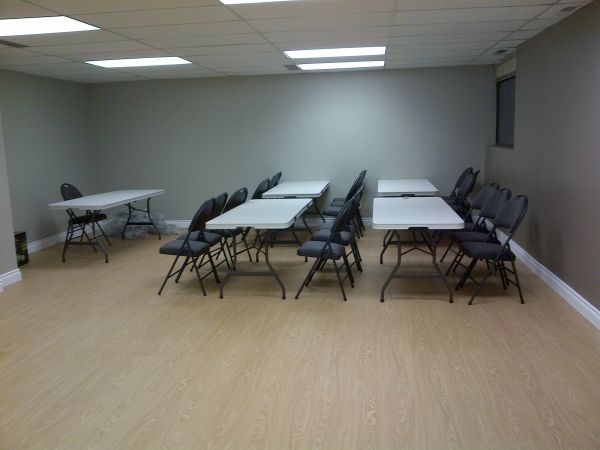
Blisters form when the epidermis and dermis become detached from each other, creating a small pocket of fluid in between. The fluid, called serum or plasma is usually clear. It is collected from fluids between the dermis and the deeper layers of the skin. When the fluid inside is color yellow or greenish, the blister is infected and contains pus. Infected blisters should not be ignored as these can lead to bacterial infection of the skin, such as secondary impetigo. This may progress to further complications, such as sepsis and cellulitis. Moreover, when the blister is filled with blood, it is called a blood blister due to the ruptured tiny blood vessels in the skin.
The most common cause of blister is intense rubbing or friction between the skin and another surface. Blisters can be obtained from walking long distances or by new or poorly fit pair of shoes. When the skin is moist, it becomes more susceptible to blisters. Extreme temperatures leading to burned skins also lead to blisters. In addition, chemical exposure to the skin, crushing or pinching and medical conditions are also common causes.
Most blisters will heal naturally and do not require medical attention. New skin will grow under the blister and the fluid serum will be absorbed by the body. The skin will eventually dry and should not be peeled off. Before handling a blister, the hands should be cleaned. Blisters may be covered with plasters. Moreover, they should not be punctured to prevent infection. If blister is suspected of infection, seek medical attention.
Nonetheless, blisters may only be punctured if they are large, painful and prone to further irritation. To pop a blister, a sterilized needle or razor must be used. If possible, wear gloves. Thoroughly wash the affected area. Create a small hole and gently squeeze out the clear fluid. If white or yellowish fluid comes out, it may likely be infected. The skin over the broken blister should not be removed. Antibiotic cream or ointment should be applied.
However, if the blister has burst, the dead skin on top should not be peeled. Drain the fluid inside and seal the blister and the surrounding area with a dry, sterile dressing to avoid infections until healing is complete. Over-the-counter hydrocolloid dressings may be used to avoid discomfort and encourage healing. If the blister is located on the foot, refrain from wearing the shoes that caused it until it heals.
Similar to blisters, blood blisters should not be touched and left to heal naturally. However, if the blood blister bursts, the area should be kept clean and dry. Use a sterile dressing to safeguard it from infection. This type of blister often causes pain to the person. To help relieve the pain, an ice pack, or even a bag of frozen vegetables, may be applied to the affected area for around 10 to 30 minutes. Ice should not be directly applied to the skin, and soit is advised tospread over a towel over the affected area.
Although numerous articles can be read on how to administer first aid to blisters and many common skin irritations, first aid training is not replaceable. First aid training teaches the community proper treatment for various medical scenarios, ranging from blisters to burns to major wounds.
Blisters form when the epidermis and dermis become detached from each other, creating a small pocket of fluid in between. The fluid, called serum or plasma is usually clear. It is collected from fluids between the dermis and the deeper layers of the skin. When the fluid inside is color yellow or greenish, the blister is infected and contains pus. Infected blisters should not be ignored as these can lead to bacterial infection of the skin, such as secondary impetigo. This may progress to further complications, such as sepsis and cellulitis. Moreover, when the blister is filled with blood, it is called a blood blister due to the ruptured tiny blood vessels in the skin.
The most common cause of blister is intense rubbing or friction between the skin and another surface. Blisters can be obtained from walking long distances or by new or poorly fit pair of shoes. When the skin is moist, it becomes more susceptible to blisters. Extreme temperatures leading to burned skins also lead to blisters. In addition, chemical exposure to the skin, crushing or pinching and medical conditions are also common causes.
Most blisters will heal naturally and do not require medical attention. New skin will grow under the blister and the fluid serum will be absorbed by the body. The skin will eventually dry and should not be peeled off. Before handling a blister, the hands should be cleaned. Blisters may be covered with plasters. Moreover, they should not be punctured to prevent infection. If blister is suspected of infection, seek medical attention.
Nonetheless, blisters may only be punctured if they are large, painful and prone to further irritation. To pop a blister, a sterilized needle or razor must be used. If possible, wear gloves. Thoroughly wash the affected area. Create a small hole and gently squeeze out the clear fluid. If white or yellowish fluid comes out, it may likely be infected. The skin over the broken blister should not be removed. Antibiotic cream or ointment should be applied.
However, if the blister has burst, the dead skin on top should not be peeled. Drain the fluid inside and seal the blister and the surrounding area with a dry, sterile dressing to avoid infections until healing is complete. Over-the-counter hydrocolloid dressings may be used to avoid discomfort and encourage healing. If the blister is located on the foot, refrain from wearing the shoes that caused it until it heals.
Similar to blisters, blood blisters should not be touched and left
to heal naturally. However, if the blood blister bursts, the area should be kept clean and dry. Use a sterile dressing to safeguard it from infection. This type of blister often causes pain to the person. To help relieve the pain, an ice pack, or even a bag of frozen vegetables, may be applied to the affected area for around 10 to 30 minutes. Ice should not be directly applied to the skin, and soit is advised tospread over a towel over the affected area.
Although numerous articles can be read on how to administer first aid to blisters and many common skin irritations, first aid training is not replaceable. First aid training teaches the community proper treatment for various medical scenarios, ranging from blisters to burns to major wounds.


I agree that we should learn first aid. After all, not all of us are living near hospitals.